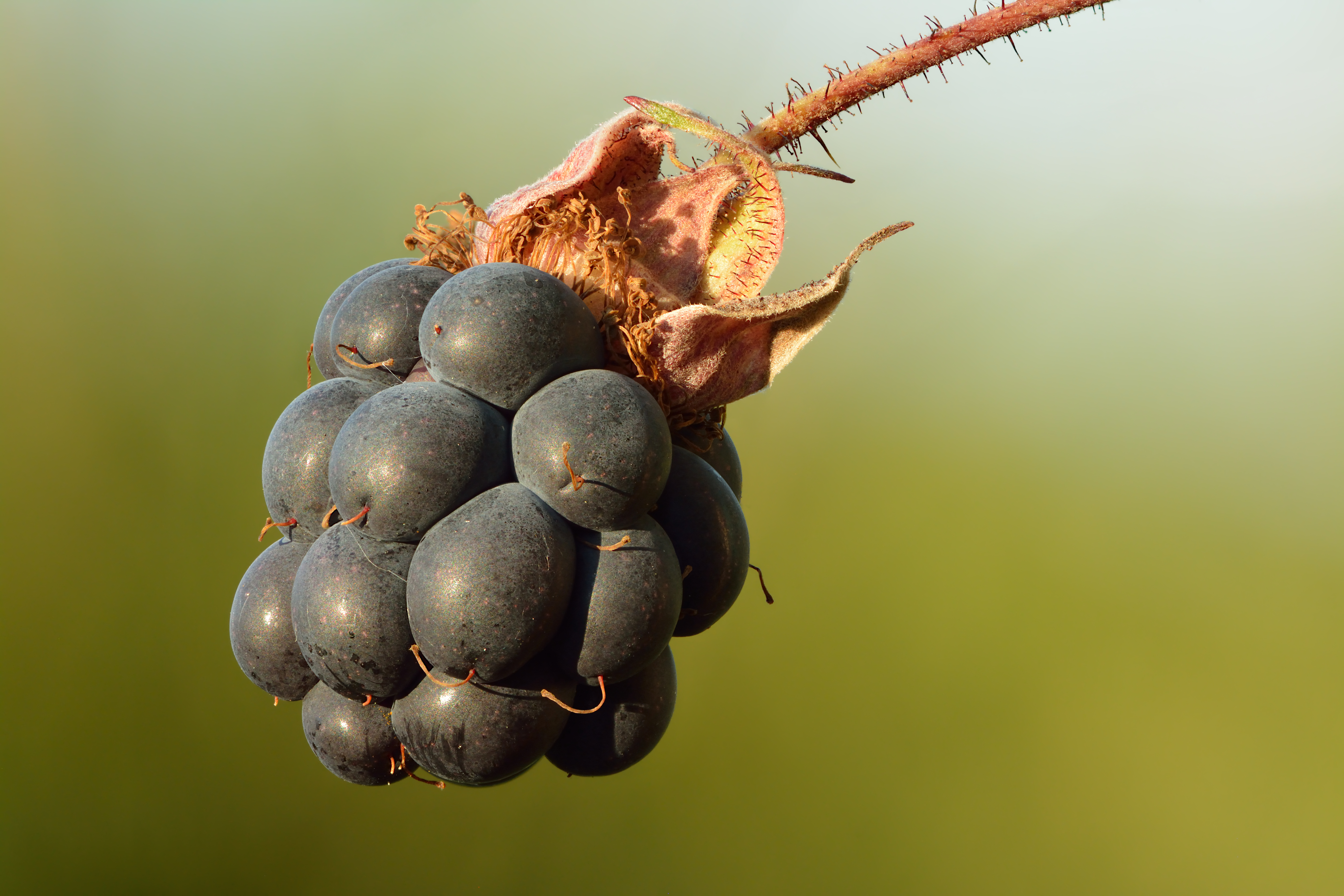Dewberry on:
[Wikipedia]
[Google]
[Amazon]

 The dewberries are a group of species in the genus '' Rubus'', section ''Rubus'', closely related to the blackberries. They are small, trailing (rather than upright or high-arching) brambles with aggregate fruits, reminiscent of the
The dewberries are a group of species in the genus '' Rubus'', section ''Rubus'', closely related to the blackberries. They are small, trailing (rather than upright or high-arching) brambles with aggregate fruits, reminiscent of the


 The dewberries are a group of species in the genus '' Rubus'', section ''Rubus'', closely related to the blackberries. They are small, trailing (rather than upright or high-arching) brambles with aggregate fruits, reminiscent of the
The dewberries are a group of species in the genus '' Rubus'', section ''Rubus'', closely related to the blackberries. They are small, trailing (rather than upright or high-arching) brambles with aggregate fruits, reminiscent of the raspberry
The raspberry is the edible fruit of several plant species in the genus ''Rubus'' of the Rosaceae, rose family, most of which are in the subgenus ''Rubus#Modern classification, Idaeobatus''. The name also applies to these plants themselves. Ras ...
, but are usually purple to black instead of red.
Description
The plants do not have upright canes like some other ''Rubus'' species, but have stems that trail along the ground, putting forth new roots along the length of the stem. The stems are covered with fine spines or stickers. Around March and April, the plants start to grow whiteflower
Flowers, also known as blooms and blossoms, are the reproductive structures of flowering plants ( angiosperms). Typically, they are structured in four circular levels, called whorls, around the end of a stalk. These whorls include: calyx, m ...
s that develop into small, green berries. The tiny, green berries grow red and then a deep purple-blue as they ripen. When the berries are ripe, they are tender and difficult to pick in any quantity without squashing them. The berries are sweet and often less seedy than blackberries. In the winter, the leaves often remain on the stems, but may turn dark red.
The European dewberry, '' Rubus caesius'', grows more upright like other brambles. Its fruits are a deep, almost black, purple and are coated with a thin layer or 'dew' of waxy droplets. Thus, they appear sky blue (''caesius'' being Latin
Latin ( or ) is a classical language belonging to the Italic languages, Italic branch of the Indo-European languages. Latin was originally spoken by the Latins (Italic tribe), Latins in Latium (now known as Lazio), the lower Tiber area aroun ...
for pale blue). Its fruits are small and retain a markedly tart taste even when fully ripe.

Species
* ''Rubus'' section ''Caesii'', European dewberry ** European dewberry, '' Rubus caesius'' L. * ''Rubus'' section ''Flagellares'', American dewberries ** '' Rubus aboriginum'' Rydb., synonyms: *** ''Rubus almus'' (L.H. Bailey) L.H.Bailey *** ''Rubus austrinus'' L.H.Bailey *** ''Rubus bollianus'' L.H.Bailey *** ''Rubus clair-brownii L.H.Bailey *** ''Rubus decor'' L.H. Bailey *** ''Rubus flagellaris'' Willd. var. ''almus'' L.H.Bailey *** ''Rubus foliaceus'' L.H. Bailey *** ''Rubus ignarus'' L.H. Bailey *** ''Rubus ricei'' L.H. Bailey ** Aberdeen dewberry, '' Rubus depavitus'' L.H.Bailey ** Northern dewberry, '' Rubus flagellaris'' Willd. ** Swamp dewberry, '' Rubus hispidus'' L. ** Upland dewberry, '' Rubus invisus'' (L.H.Bailey) Britton ** Pacific dewberry, '' Rubus ursinus'' Cham. & Schltdl. ** Southern dewberry '' Rubus trivialis'' L.H.BaileyDistribution and habitat
Dewberries are common throughout most of the Northern Hemisphere, and are thought of as a beneficial weed. ''R. caesius'' is frequently restricted to coastal communities, especially sand-dune
A dune is a landform composed of wind- or water-driven sand. It typically takes the form of a mound, ridge, or hill. An area with dunes is called a dune system or a dune complex. A large dune complex is called a dune field, while broad, flat ...
systems.
Ecology
The leaves are sometimes eaten by thelarva
A larva (; : larvae ) is a distinct juvenile form many animals undergo before metamorphosis into their next life stage. Animals with indirect development such as insects, some arachnids, amphibians, or cnidarians typically have a larval phase ...
e of some Lepidoptera
Lepidoptera ( ) or lepidopterans is an order (biology), order of winged insects which includes butterflies and moths. About 180,000 species of the Lepidoptera have been described, representing 10% of the total described species of living organ ...
species, including peach blossom moths.
Uses
The leaves can be used to make anherbal tea
Herbal teas, technically known as herbal infusions, and less commonly called tisanes (UK and US , US also ), are beverages made from the infusion or decoction of herbs, spices, or other plant material in hot water. Often herb tea, or the plai ...
(tisane), and the berries are edible and taste sweet. They can be eaten raw, or used to make cobbler, jam, or pie.
In the late 19th and early 20th centuries, the town of Cameron, North Carolina
Cameron is a town in Moore County, North Carolina, United States. The population was 244 at the 2020 United States census, 2020 census, down from 285 in 2010 United States census, 2010.
History
Cameron grew up around a plank road that was follow ...
, was known as the "dewberry capital of the world" for large-scale cultivation of this berry, which was shipped out for widespread consumption. Local growers made extensive use of the railroads in the area to ship them nationally and internationally.
See also
* Black raspberry * Boysenberry, a cross between a dewberry and a loganberry * Cloudberry, a dioecious ''Rubus'' species * YoungberryReferences
External links
* * {{Hybrid Rubus Berries Plant common names Rubus